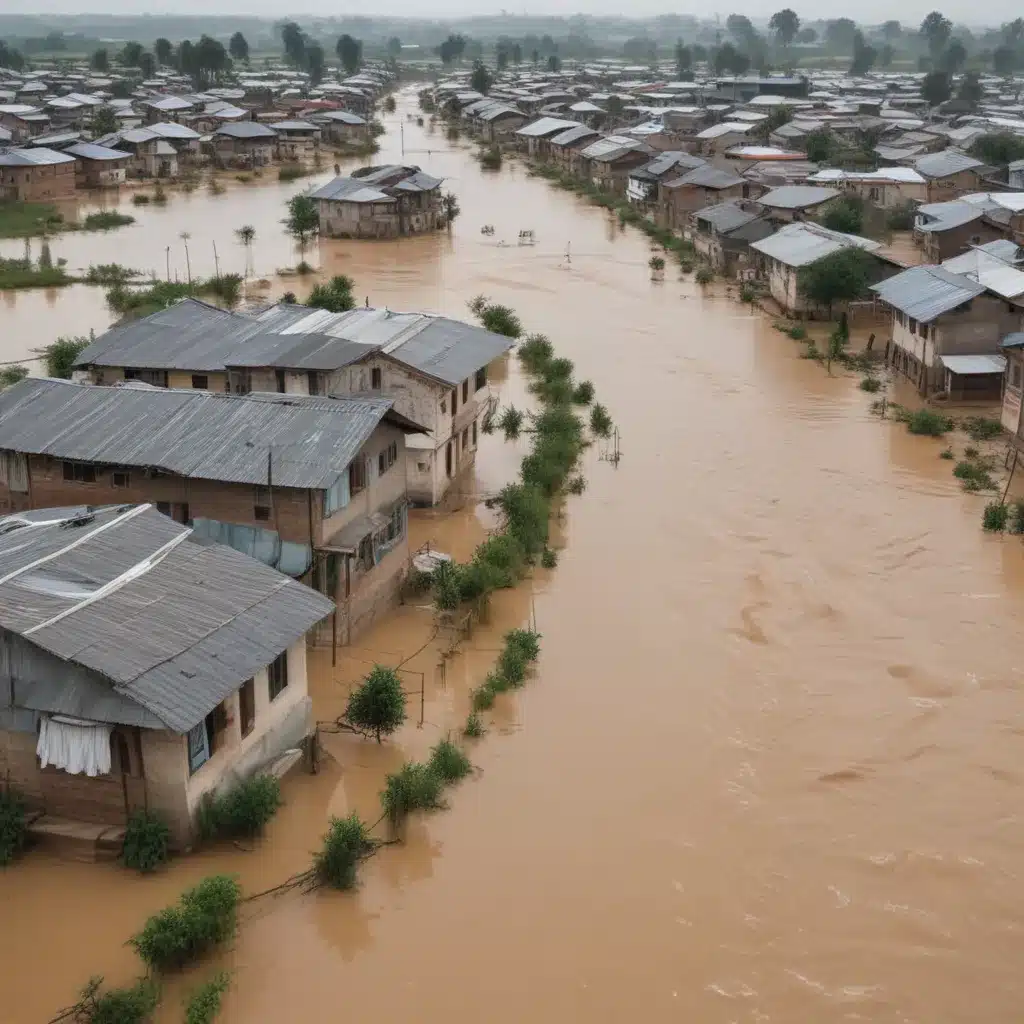
The effects of climate change are increasing the frequency and intensity of extreme weather events, leading to devastating floods that threaten lives, livelihoods, and critical infrastructure around the world. In our 15 years installing… Coastal and riverine communities, in particular, face mounting flood risks that stretch the limits of traditional disaster response and recovery mechanisms. Addressing these escalating flood risks requires innovative approaches that leverage a diverse array of financing instruments to build comprehensive climate resilience.
Broadening the Funding Base for Flood Adaptation
While governments have historically relied on public budgets and development assistance to fund flood control systems, the scale of investment needed to safeguard vulnerable populations and assets is outpacing the capacity of public finance alone. Multilateral climate funds, supported by donor countries, have emerged as a key source of concessional finance for climate change adaptation, including flood resilience projects. However, these public sources are insufficient to meet the growing adaptation needs of developing countries.
To close this financing gap, there is increasing emphasis on mobilizing private sector investment in climate adaptation through innovative financial instruments. These include parametric insurance products, catastrophe bonds, biodiversity credits, and blended finance platforms that leverage public funding to attract private capital. By sharing risks and returns, these instruments can incentivize private investors to support adaptation measures, such as nature-based flood protection, early warning systems, and climate-resilient infrastructure.
Parametric Insurance and Catastrophe Bonds
Parametric insurance is a form of coverage that triggers payouts based on the occurrence of a pre-defined event, such as a hurricane or flood, rather than actual losses. These products can provide rapid liquidity to governments and businesses following disasters, enabling faster response and recovery. The World Bank, for example, has issued parametric catastrophe bonds to provide insurance coverage for countries like Mexico, the Philippines, and Jamaica against natural disasters.
Catastrophe (CAT) bonds are another innovative risk transfer mechanism. These high-yield debt instruments allow investors to back the costs of catastrophic events, with the issuer (often a government or insurance company) receiving funding only if the defined disaster occurs. CAT bonds facilitate the flow of private capital into adaptation by diversifying risk away from traditional insurance and reinsurance markets. The African Risk Capacity (ARC) is working to establish a Extreme Climate Facility that will issue CAT bonds to blend private capital for climate adaptation projects in Africa.
Biodiversity Credits and Blue Bonds
Another emerging approach is the development of biodiversity credits – verifiable units of restored or preserved biodiversity that can be traded to incentivize private investment in nature-based solutions. By quantifying the adaptation benefits of conserving ecosystems like mangroves and wetlands, these credits open up new revenue streams to finance their protection and restoration. While this market is still nascent, it holds significant potential to channel private finance towards adaptation measures that strengthen the resilience of natural systems.
Similarly, blue bonds are a specialized green bond instrument that directs capital towards marine and coastal restoration projects. The proceeds from blue bond issuances can finance adaptation measures such as mangrove rehabilitation, marine protected area expansion, and improving water infrastructure. Examples include the sovereign blue bond launched by the Seychelles in 2018 and the Nordic Investment Bank’s blue bond program.
Blending Public and Private Finance
To further scale up adaptation finance, public institutions are experimenting with blended finance approaches that strategically combine concessional public funding with commercial private investment. These structures, such as the Adaptation Benefits Mechanism piloted by the African Development Bank, use public resources to de-risk and catalyze private capital flows towards adaptation projects.
Multilateral development banks and climate funds are also establishing pooled investment vehicles that bring together public, private, and philanthropic sources of finance. Examples include the Lightsmith Climate Resilience Partners fund and the Landscape Resilience Fund, which target adaptation solutions in vulnerable regions. By diversifying risk and return profiles, these blended finance platforms can unlock greater private sector participation in climate adaptation.
Contingent Credit and Resilience Bonds
Another innovative approach is the use of contingent credit facilities, which provide countries with immediate liquidity following disaster events. The World Bank, Asian Development Bank, and Inter-American Development Bank offer such instruments to help governments rapidly meet financing needs in the aftermath of floods, hurricanes, and other climate-related emergencies.
Building on this concept, climate resilience bonds are a new green bond variant where the issuer commits to investing the proceeds in assets and activities that enhance climate resilience. The European Bank for Reconstruction and Development issued the first dedicated climate resilience bond in 2019, with proceeds going towards infrastructure, agriculture, and ecological projects designed to improve climate adaptation.
Unlocking Adaptation through Innovative Financing
As the impacts of climate change intensify, the need for comprehensive flood risk management strategies has never been greater. By blending public, private, and multilateral financing instruments, countries and communities can access the resources required to implement a diverse portfolio of adaptation measures – from nature-based solutions to resilient infrastructure and early warning systems.
While no single financing approach can solve the adaptation challenge, the innovative mechanisms outlined here demonstrate the growing diversity of tools available to manage flood risks. As these instruments continue to evolve and scale, they will be crucial in empowering vulnerable populations to build the resilience needed to withstand and recover from the flood disasters of the future.
To learn more about these and other flood control financing innovations, visit Flood Control 2015 – a leading resource for flood management professionals worldwide.
Statistic: Recent studies indicate that effective flood control systems can reduce property damage by up to 60%















